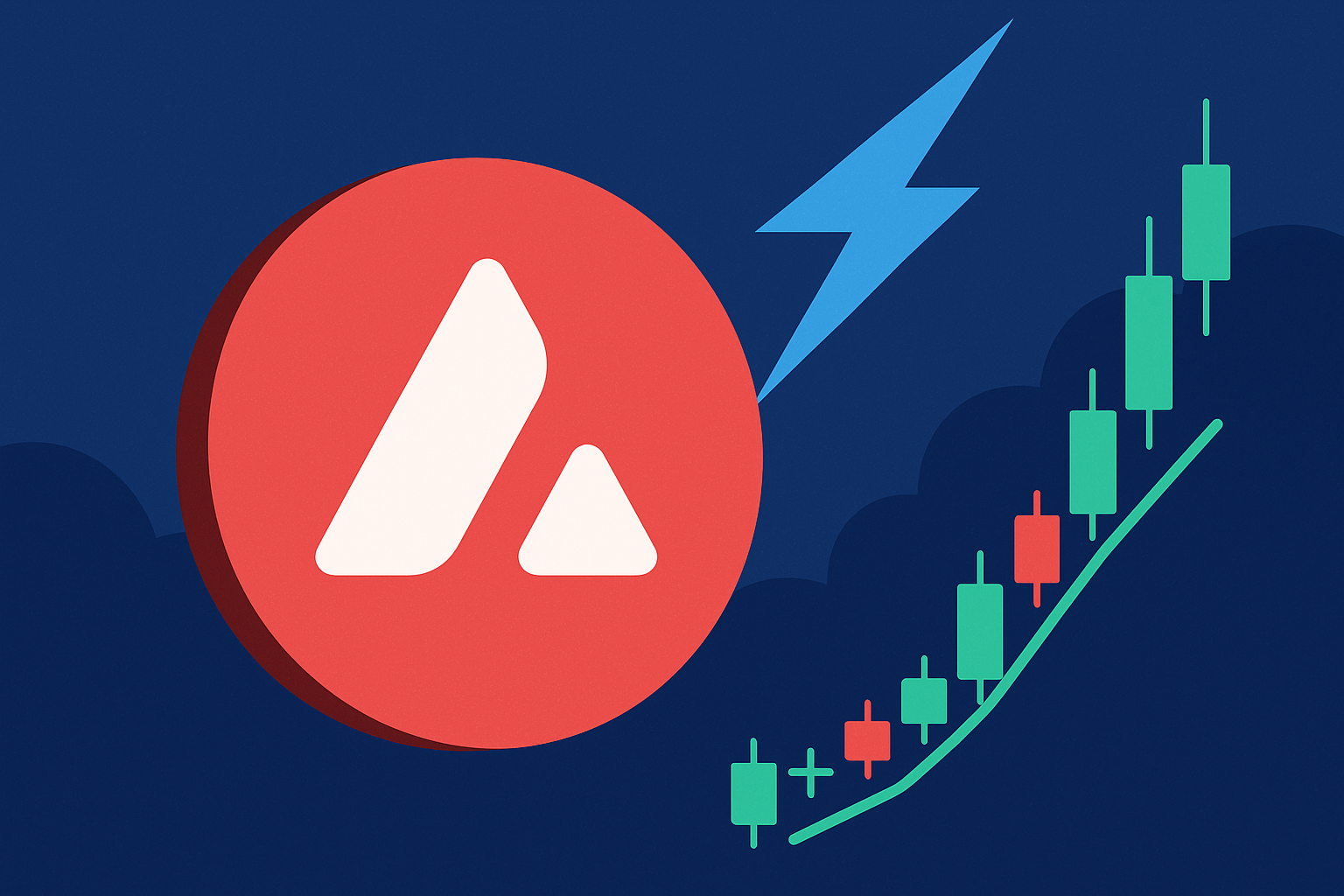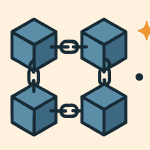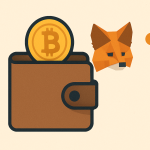Avalanche is a fast, low-cost blockchain that lets people create and use decentralized apps (dApps). It was built to be fast, scalable, and eco-friendly — making it a popular alternative to Ethereum.
In this beginner-friendly article, you’ll learn what Avalanche is, how it works, and why it’s important in the crypto world.
Contents
Why Was Avalanche Created?
Blockchains like Bitcoin and Ethereum are powerful, but they have problems:
-
Slow transaction times
-
High fees
-
Limited scalability
Avalanche was launched in 2020 by Ava Labs to fix these issues. Its goal is to make blockchain technology faster, cheaper, and more user-friendly — without sacrificing decentralization.
What Is Avalanche?
Avalanche is a Layer 1 blockchain platform — this means it’s a base-level blockchain like Ethereum or Solana. It allows developers to build custom blockchains and apps that work together in one ecosystem.
Avalanche has its own token called AVAX, which is used to:
-
Pay for transaction fees
-
Stake and secure the network
-
Vote on governance decisions
Key Features of Avalanche
✅ High Speed
Avalanche can handle 4,500+ transactions per second — much faster than Bitcoin or Ethereum.
✅ Low Fees
Transaction costs are very low compared to Ethereum.
✅ Eco-Friendly
Avalanche uses a proof-of-stake (PoS) model, which uses less energy than Bitcoin’s proof-of-work.
✅ Custom Blockchains
Anyone can launch their own blockchain using Avalanche’s tools.
✅ Fast Finality
Transactions are confirmed in less than 2 seconds.
How Does Avalanche Work?
Avalanche has a unique structure made up of three blockchains, each with its own job:
1. X-Chain (Exchange Chain)
Used for sending and receiving AVAX and other assets.
2. C-Chain (Contract Chain)
Compatible with Ethereum — where developers build smart contracts and dApps.
3. P-Chain (Platform Chain)
Handles staking, validators, and the creation of new blockchains.
This design helps Avalanche stay fast and efficient, even as more people use it.
What Is AVAX?
AVAX is the native token of Avalanche. It has several uses:
-
Transaction fees – Like gas fees on Ethereum, AVAX is used to pay for transactions.
-
Staking – Users can lock up AVAX to help secure the network and earn rewards.
-
Governance – Token holders can vote on changes to the network.
The total supply of AVAX is limited, making it potentially more valuable over time.
What Can You Do on Avalanche?
There’s a growing ecosystem of apps and projects on Avalanche, including:
-
DeFi: Decentralized exchanges (DEXs) like Trader Joe, lending platforms like Benqi
-
NFTs: Create, buy, and sell digital art and collectibles
-
Gaming: Blockchain games that run fast with low fees
-
Bridging Assets: Move tokens from Ethereum to Avalanche using the Avalanche Bridge
It’s a great platform for anyone interested in exploring the world of decentralized finance and Web3 apps.
How to Use Avalanche (Beginner Steps)
-
Set Up a Wallet
Use a wallet like MetaMask and add the Avalanche C-Chain network. -
Get AVAX
Buy AVAX on an exchange like Binance, Coinbase, or Kraken. Then send it to your wallet. -
Use dApps
Visit Avalanche-based apps (like Trader Joe) to trade tokens, provide liquidity, or earn rewards. -
Stake AVAX
You can stake your AVAX directly on the Avalanche platform to earn more tokens.
Is Avalanche Safe?
Yes, Avalanche is considered safe. It uses proof-of-stake consensus and has a large, active community of developers and validators. However, always follow best practices:
-
Only use trusted apps and official links
-
Never share your private keys or seed phrase
-
Start with small amounts when trying new tools
Final Thoughts
Avalanche is a powerful blockchain that offers fast speeds, low costs, and eco-friendly design. It’s a great choice for people who want to build, invest, or explore in the crypto space.
Whether you’re a developer launching a dApp or a beginner buying your first NFT, Avalanche makes it easier and more affordable.




